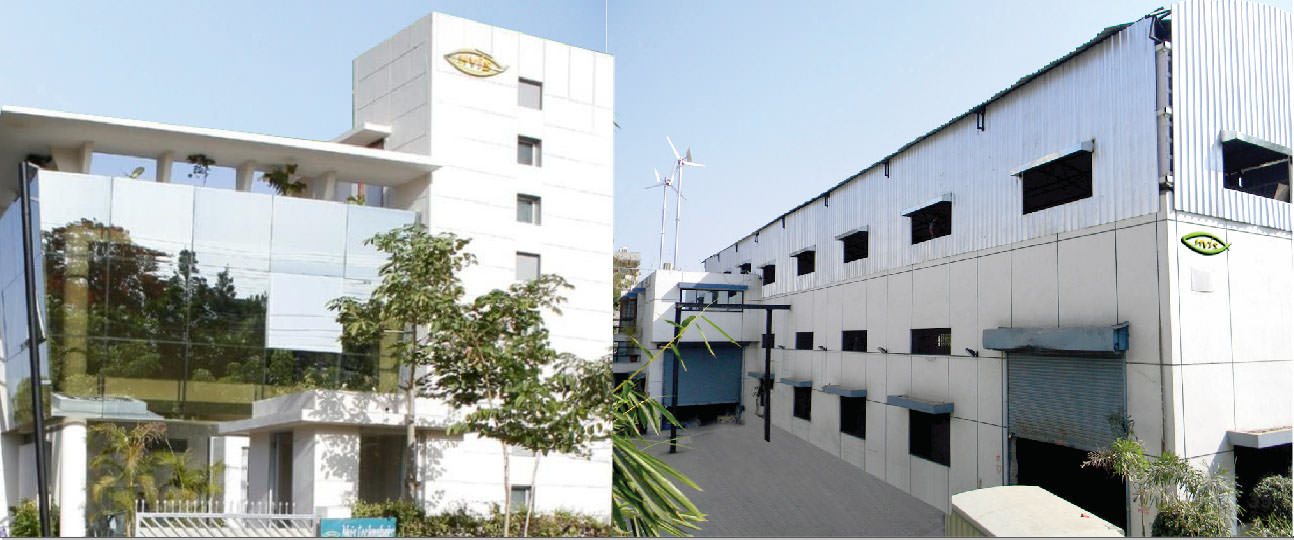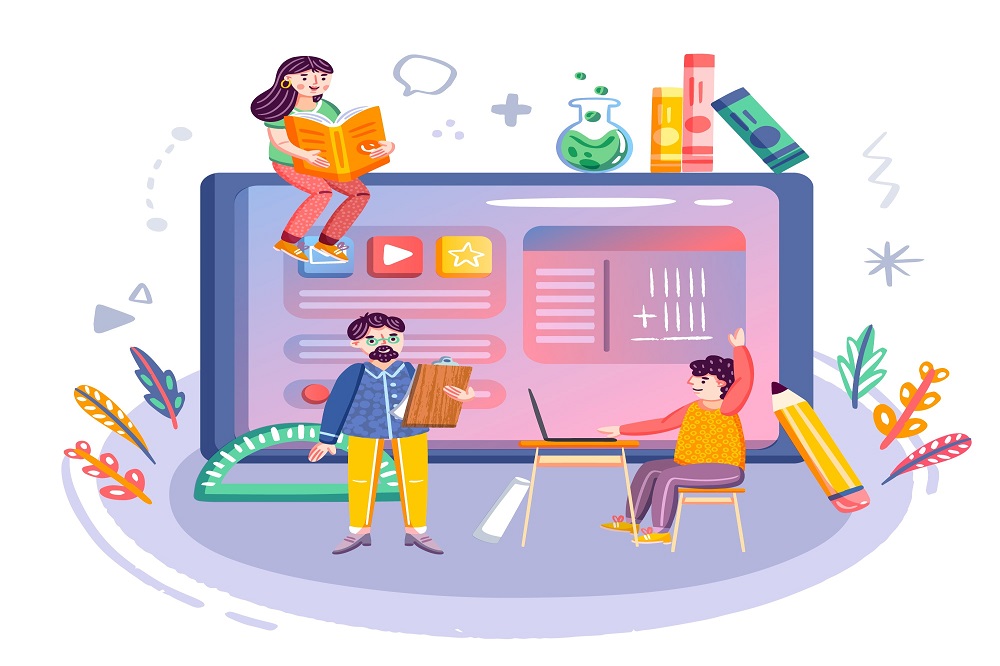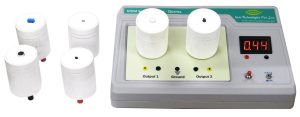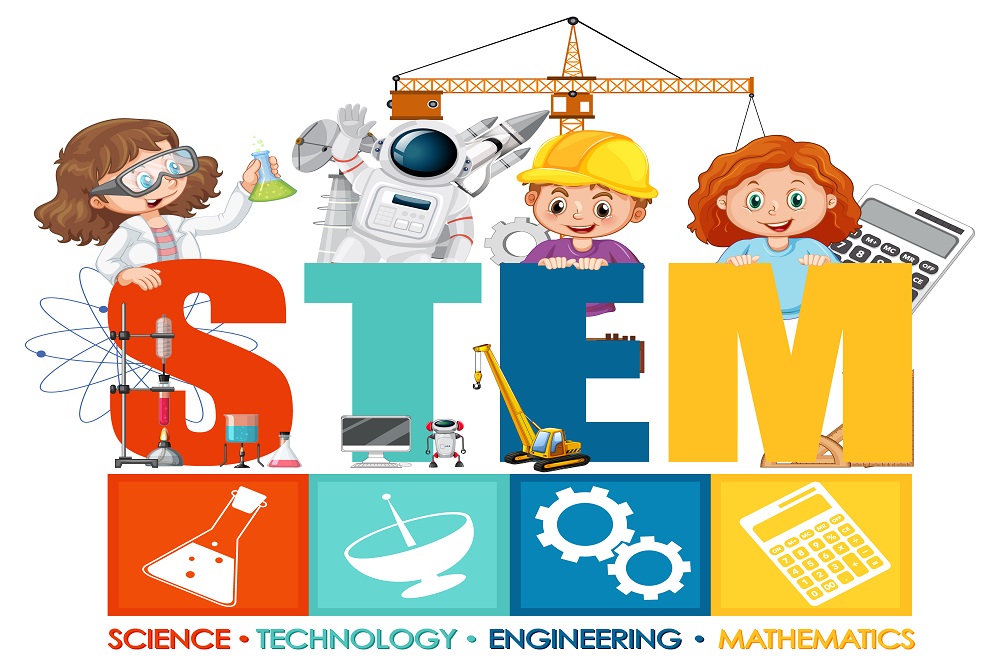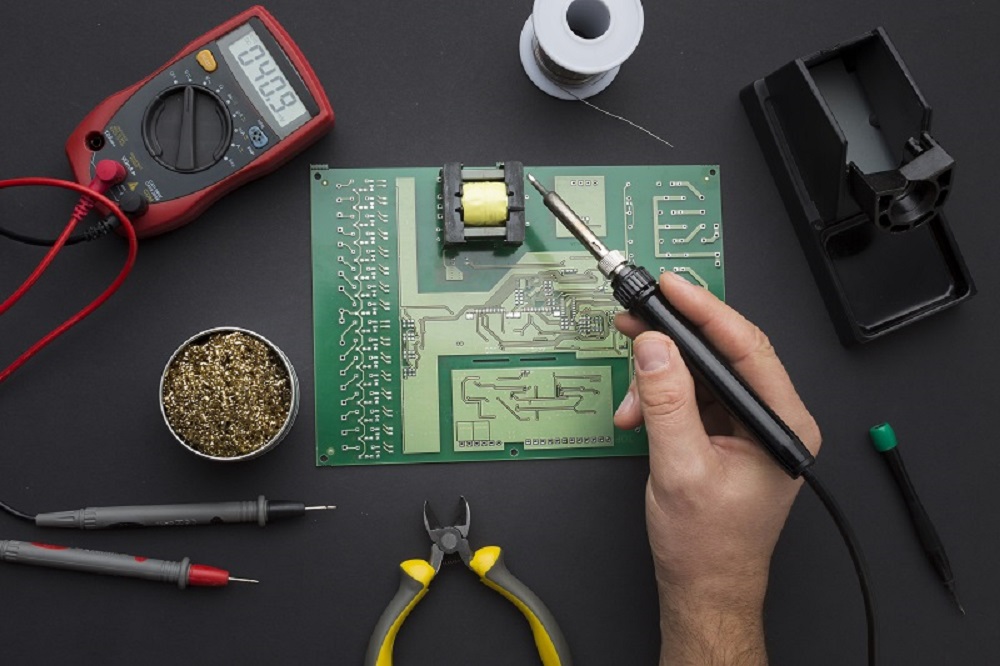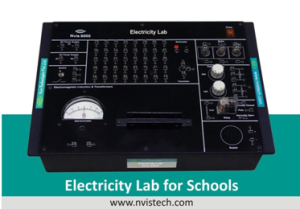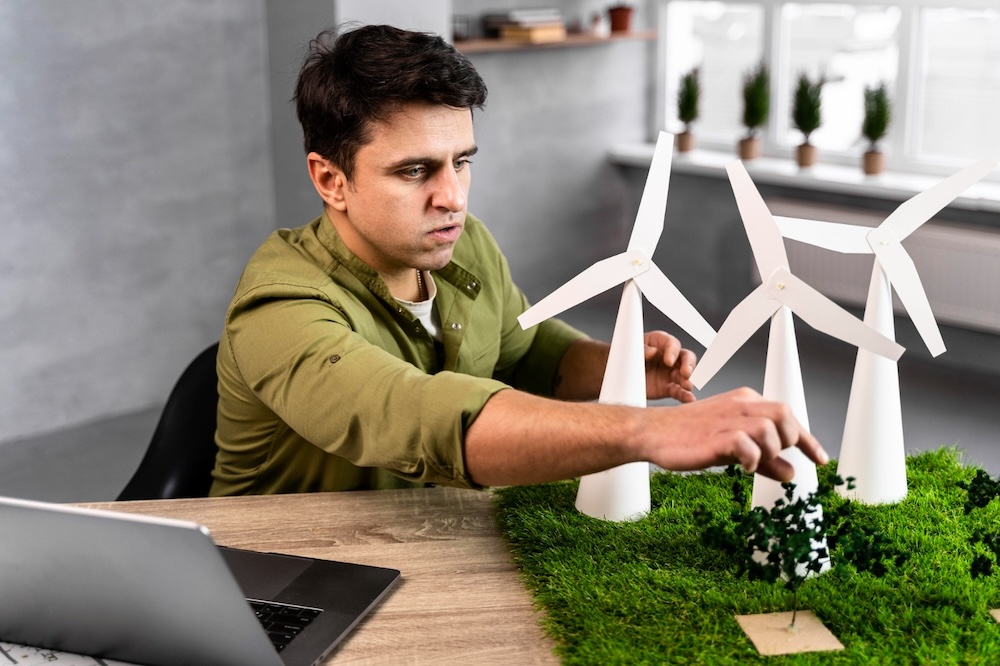The Indian education ecosystem is undergoing a transformative shift under the visionary guidance of NEP 2020 and forward-thinking initiatives like PM SHRI Schools. Today, schools are increasingly being called upon to redefine the learning experience to enhance retention and application of knowledge. The traditional chalk-and-talk approach is rapidly making way for immersive, hands-on, and skill-based education — and with this evolution, a pivotal question arises: Is your school truly prepared to lead this change? It may be noted that Composite Skill Labs have been made mandatory for all CBSE schools since 2024.
The future belongs to students who are creative, adaptable, and equipped with real-world competencies. And the cornerstone of such preparedness lies in setting up Composite Skill Labs — dedicated, multi-disciplinary hubs designed to foster innovation, practical learning, and technological fluency.
What are Composite Skill Labs?
Composite Skill Labs are thoughtfully curated, cross-functional spaces where students actively engage with cutting-edge technologies, simulate real-life applications, and develop a deep, conceptual understanding of how things work. These labs represent a fusion of STEM, vocational, and emerging tech disciplines, and are meticulously aligned with the recommendations of the National Education Policy 2020 and the CBSE’s skill education roadmap.
Imagine a lab where students explore Robotics, IoT, Basic Electronics, Artificial Intelligence, and Renewable Energy Systems — not just through textbooks or digital modules, but by handling physical components, assembling models, coding basic logic, and troubleshooting their creations. That’s the true power of a Composite Skill Lab — it transforms the classroom into a living, breathing learning ecosystem.
Moreover, Composite Skill Labs promote inclusivity in learning — providing space for students of varied learning abilities to express, explore, and excel in their own ways. This diversity in experience becomes a powerful driver for holistic development.
Why practical learning must replace rote memorization
The Indian education model has long relied on memory-based assessments. But in a world defined by disruption, automation, and innovation, rote learning is no longer sufficient. The workforce of tomorrow requires individuals who can think critically, collaborate effectively, and solve real-world problems.
This is where experiential and practical learning steps in. Through Composite Skill Labs, students move beyond theoretical understanding and:
- Spark their natural curiosity through experimentation and discovery
- Build self-confidence as they successfully complete hands-on projects
- Develop inter-disciplinary thinking by linking concepts from science, math, and tech
- Understand application-driven problem solving, not just textbook algorithms
These labs democratize innovation — making it accessible to students regardless of their backgrounds. In turn, they build a foundation for life-long learning, employability, and entrepreneurial thinking.
Emerging technologies in classrooms: A need, not a luxury
We are living in the age of technological convergence — where AI, Machine Learning, IoT, Data Analytics, and Automation are embedded in everything from agriculture and healthcare to finance and manufacturing. To ensure that students are not left behind, schools must become early enablers of tech exposure.
Introducing these technologies in school empowers students to:
- Visualize abstract concepts through real-world examples
- Think critically about the ethical and societal impacts of technology
- Build familiarity and fluency that translates into future career readiness
Composite Skill Labs make this shift tangible — enabling educators to blend curriculum with experiential modules, and align classroom learning with the dynamic demands of industry and society. This is fully aligned with the PM SHRI School vision — where innovation, inclusivity, and sustainability are central pillars.
How Nvis can help you build your composite skill lab
At Nvis Technologies, we don’t just supply tools — we architect transformation. Our mission is to empower schools to deliver future-ready education through expertly designed Composite Skill Labs that are practical, modular, and scalable.
Here’s how we make it possible:
- End-to-End Infrastructure Planning: From lab layouts and workbenches to electricals and safety standards, we handle all the groundwork.
- Turnkey Technology Integration: Choose from a comprehensive range of plug-and-play tools in IoT, AI, Basic Electronics, Solar Energy, Robotics, and more.
- Teacher Enablement Programs: Training modules, demo sessions, and educator toolkits to make adoption smooth and intuitive.
- Curriculum Mapping: Our solutions are aligned with NEP 2020 and CBSE mandates, enabling seamless integration with your existing subjects.
- Sustainability & Service: Regular maintenance, upgrade options, and warranty support to ensure long-term usability and relevance.
Whether you’re building from scratch or upgrading your current lab facilities, Nvis acts as your technology and implementation partner, ensuring timely delivery, cost-efficiency, and impactful outcomes.
Build a future-ready school today!
The future of learning is hands-on, inquiry-driven, and technology-enabled. Composite Skill Labs are more than just physical spaces — they are centres of transformation, where mindsets are shaped, passions are discovered, and leadership is born.
If your school is ready to move beyond conventional learning models and embrace a future-focused pedagogy, the time to act is now. With support from an expert partner like Nvis, you can unlock new dimensions of teaching, learning, and discovery — all while meeting national mandates and global benchmarks.
Partner with Nvis Technologies today to set up your Composite Skill Lab — and redefine what it means to be truly future-ready.
Tags: CBSE Composite Skill Lab guidelines, CBSE school lab setup requirements, Composite Skill Labs for schools, Hands-on learning tools for schools, NEP 2020 skill education in schools, PM SHRI school lab infrastructure, Practical learning equipment for classrooms, Skill lab setup in CBSE schools, Skill-based education in India







